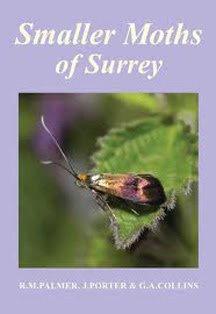Ground Pine still fine

A visit to Fames Rough to check on the rare plants was made yesterday morning. The Cut-leaved Germander has gone over, each plant now a ghostly pale coffee colour that makes it stand out a mile. Several of the Ground Pines still exhibited the odd flower (as above) with most plants looking washed out and yellowish. I came across a large patch of Apple Mint back on Canons Farm which has, up until now, evaded my detection. I then spent the next ten minutes wandering around sniffing the crushed leaves between my fingers - nice...





